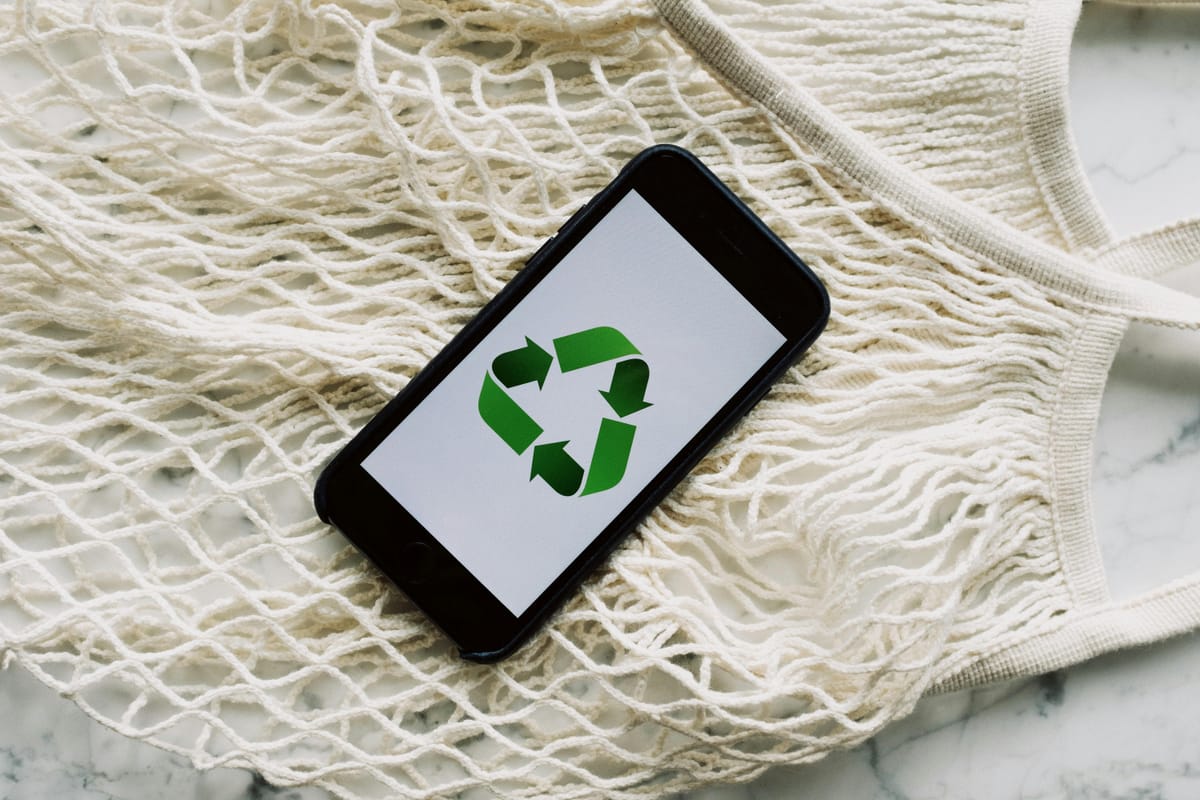Tech Rejuvenation: Effective Strategies for Extending the Life of Electronics

As technology advances, dealing with old electronic devices, such as computers and mobile phones, becomes increasingly important. These devices, often discarded as e-waste, contain valuable materials that can be repurposed or recycled, while improper disposal can cause environmental harm. This article explores practical strategies to maximize the value of obsolete electronics, contributing to sustainability and innovation.
1. Repurpose with Specialized Software and Custom Configurations
Old Computers:
- Home Automation Hub: With open-source platforms such as Home Assistant or OpenHAB, old computers can manage smart home devices like lights, sensors, and cameras, enhancing home automation systems.
- Install Lightweight Linux Distributions: Installing resource-efficient Linux systems like Ubuntu, Lubuntu, or Mint can revive old hardware for basic tasks or programming.
Old Mobile Phones:
- IP Camera or Baby Monitor: Old smartphones can be repurposed as security cameras with apps like AlfredCam or AtHome Camera, enabling motion detection and remote monitoring.
- Wireless Sensor for IoT Projects: Use smartphones equipped with sensors (GPS, accelerometer) as data nodes in IoT projects through platforms like Blynk, gathering environmental data for analysis.
2. Salvage and Reuse Usable Components
Old Computers:
- Hard Drive Repurposing: Convert old hard drives into external storage using SATA-to-USB adapters or integrate them into RAID arrays for enhanced storage capacity.
- Reuse RAM Modules: Salvage compatible RAM to upgrade other systems or integrate into custom electronics projects.
- Repurpose Power Supplies: Convert ATX power supplies into bench power supplies for electronics labs, providing multiple voltage outputs for circuit testing.
Old Mobile Phones:
- Create DIY Power Banks: Extract working lithium-ion batteries and use power modules to make custom power banks for portable charging.
- Secondary Displays from Screens: Convert old phone or tablet screens into portable secondary monitors for laptops or Raspberry Pi projects using driver boards.
- Use Motors and Speakers in Projects: Reuse vibration motors and speakers in DIY robotics or alert systems.
3. Virtualization and Emulation
Virtualization Host: Turn old computers into virtualization platforms with Proxmox or VMware, running multiple virtual machines for software testing or development environments.
Retro Gaming Console: Install emulators like RetroArch or DOSBox to run classic games on old hardware, repurposing it into a retro gaming system.
4. Recycling for Valuable Metals
Old electronics contain precious metals like gold, silver, and palladium. Proper recycling can extract these elements for reuse, reducing the need for raw material mining.
- Circuit Board Recycling: Printed circuit boards (PCBs) in computers contain valuable materials like copper and gold, which can be extracted by recycling companies using chemical or thermal processes.
- Battery Recycling: Lithium-ion batteries from mobile phones must be recycled responsibly to prevent environmental harm. Companies like Call2Recycle safely extract lithium and cobalt from old batteries.
5. Reverse Engineering and Hardware Hacking
For tech enthusiasts, old electronics provide opportunities for hardware hacking and learning through reverse engineering.
- Custom Firmware Installation: Modify the firmware on old devices, such as routers or smartphones, with open-source alternatives like DD-WRT or LineageOS to unlock new features or improve performance.
- Hardware Development Platforms: Components like processors and sensors from old electronics can be repurposed for custom development boards, offering low-cost hardware for DIY projects using platforms like Arduino or Raspberry Pi.
6. Data Sanitization and Secure Erasure
Before recycling or donating old devices, ensure personal data is securely erased.
- Data Wiping Tools for Computers: Use secure wiping tools like DBAN or Eraser to overwrite hard drive data, preventing recovery. For SSDs, tools like Parted Magic support secure erasure.
- Smartphone Data Erasure: Factory reset smartphones and use tools like Blancco Mobile Eraser for secure data removal. Encrypting data before resetting adds a layer of security.
7. Trade-In and Buy-Back Programs
Many manufacturers and retailers offer trade-in programs that exchange old devices for credit or discounts on new products. These programs often include responsible recycling of old electronics.
- Apple Trade-In Program: Apple offers credit toward new purchases for old Macs, iPhones, and iPads.
- Dell and HP Recycling Programs: Both Dell and HP offer trade-in discounts for individuals and businesses looking to upgrade hardware.
- Mobile Carrier Trade-Ins: Carriers like Verizon and AT&T accept old phones for recycling or offer credits toward new devices.
8. Creating Awareness through Technical Projects
Educational projects focused on recycling and repurposing old electronics help spread awareness about e-waste management.
- STEM Workshops: Old electronics can be used in workshops to teach students about electronics, programming, and IoT.
- Community Repair Cafés: Organize community repair events where volunteers help people fix their devices, reducing waste and promoting reuse.
By adopting these strategies, we can transform obsolete devices into useful tools, reduce environmental impact, and contribute to sustainability. Whether through repurposing, recycling, or educational projects, old electronics don’t have to become waste—they can be part of a brighter, greener future.





